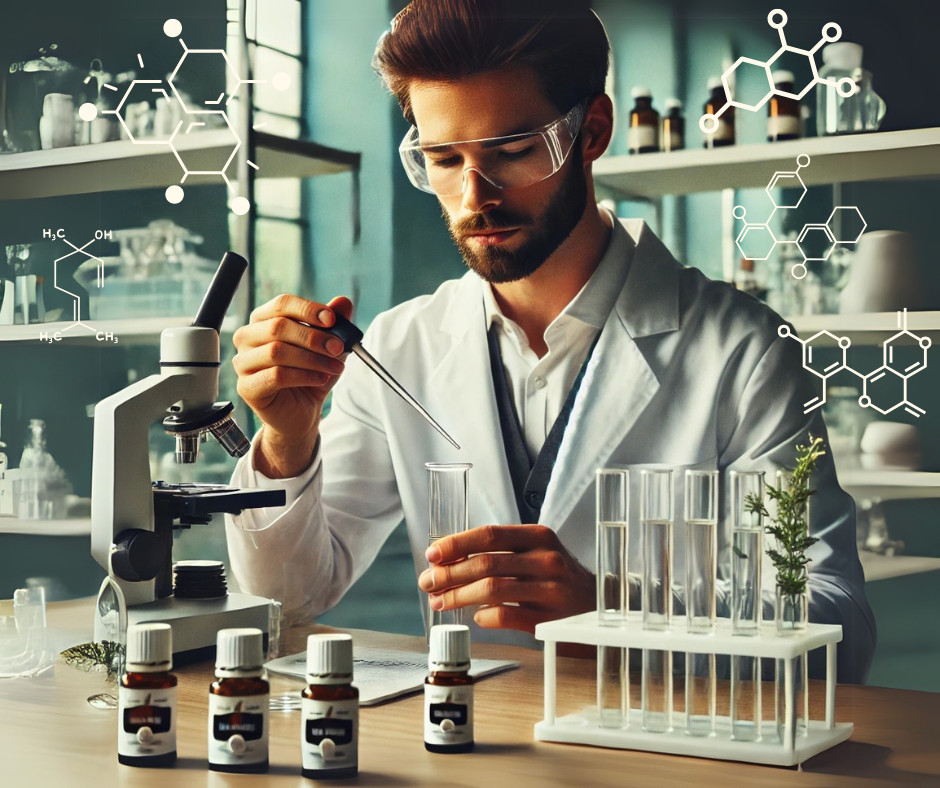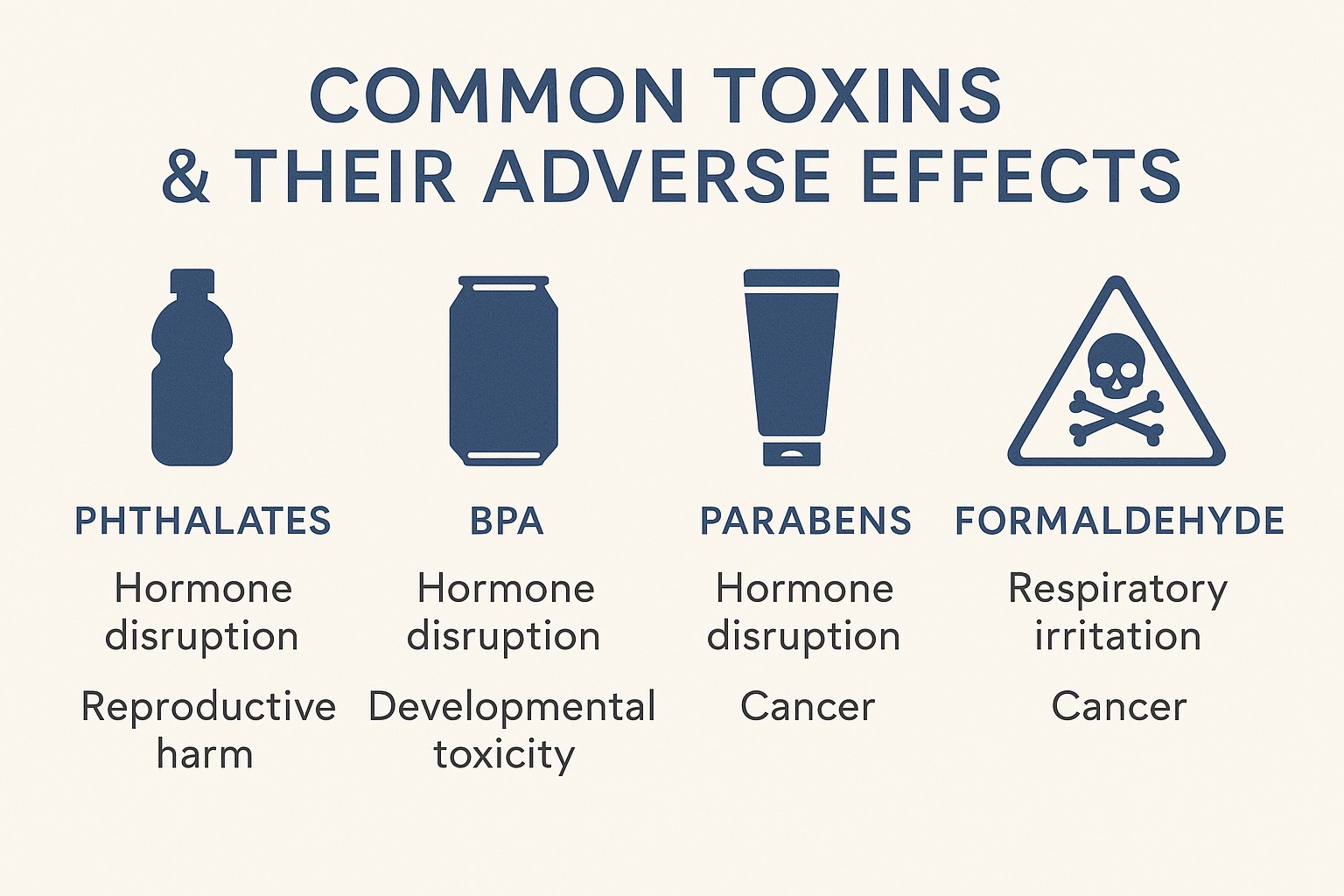
Toxins, Anxiety, and Simple Swaps for a Healthier Home
Everywhere you turn these days, you see the warnings. Labels on products proudly declare “BPA-free,” “paraben-free,” or “PFTE-free.” News headlines link toxins to weight gain, reproductive issues, thyroid problems, and autoimmune conditions.
Even if we don’t know all the science behind these chemicals, most of us sense that something isn’t right. And with each new headline—lead in the water, PFAS contamination, heavy metals in the air—anxiety grows.
But here’s the good news: we are not powerless.
Why Awareness Leads to Anxiety
It’s no wonder so many people feel unsettled. Parents stay up late at night researching whether the lunchbox they bought is safe, or whether artificial turf on the soccer field is exposing their kids to hidden toxins.
Unfortunately, when most people turn to their doctors with questions, they don’t get answers. The average MD or pediatrician receives little to no training in environmental health. That leaves families with a lot of worry and very few solutions.
This cycle of awareness without relief creates constant, low-grade anxiety.
What We Do Know
Science continues to uncover strong links between everyday chemical exposures and real health concerns:
- Thyroid issues can be affected by flame retardants and non-stick cookware.
- Weight challenges and autoimmune conditions may be connected to endocrine-disrupting chemicals.
- Reproductive and hormonal health are impacted by toxins we encounter daily.
The problem isn’t just what’s “out there” in the environment—it’s what’s inside our own homes. Chronic, low-level exposure to everyday products is an invisible but powerful driver of health problems.
From Anxiety to Action
Here’s where we can make a difference.
While we can’t control every chemical in our environment, we can make simple, meaningful changes right at home. That’s where Young Living comes in.
- Swap out the obvious culprits. Replace synthetic cleaners, harsh detergents, and chemical-laden personal care products with safe, plant-based alternatives.
- Support your body’s detox. Essential oils and oil-infused supplements are tools to help the body do what it was designed to do—protect, cleanse, and restore balance.
These aren’t overwhelming, expensive steps. They’re simple swaps that reduce anxiety and create peace of mind.
Becoming a Trusted Resource
Here’s something powerful: when someone finally hears solutions instead of just more bad news, their eyes light up. They lean in, eager to listen. They’re grateful to find a resource that isn’t just warning them about dangers, but showing them a better way forward.
That’s what we get to do as Young Living members: offer hope, direction, and simple, science-backed solutions.
Your Next Step
You don’t have to overhaul everything at once. Start small. Choose one product to swap this week. One routine to shift. Each step reduces the toxic load and builds a healthier foundation for you and your family.
✨ Remember: it’s not about eliminating every toxin—it’s about making consistent, meaningful choices that add up over time.
👉 Curious about where to start? I’d love to share my favorite easy swaps and the oils I rely on to support my body’s natural detox. Let’s connect!
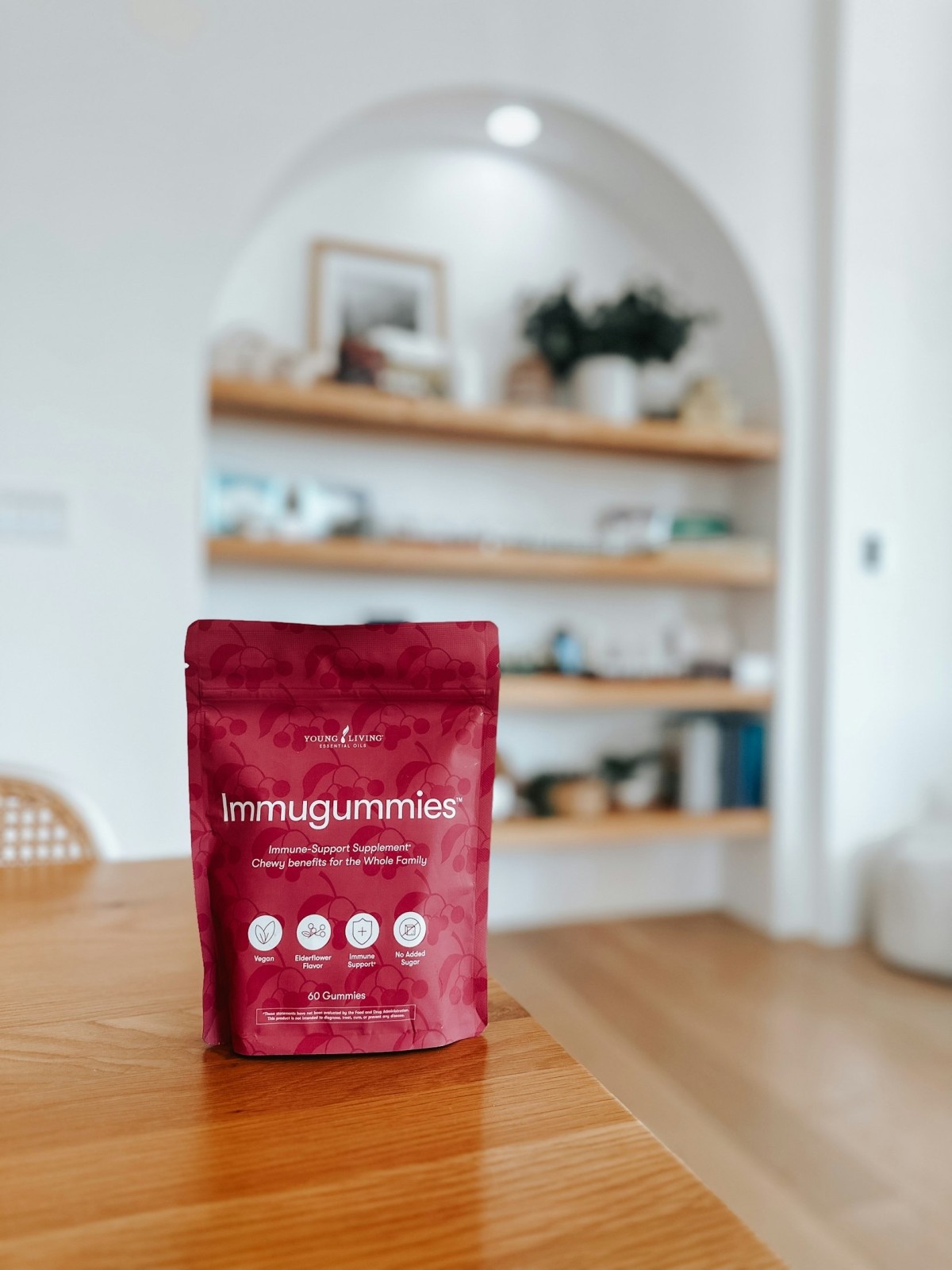
Immugummies™: Delicious, Daily Support for Your Immune, Nervous & Cardiovascular Systems
In today’s world, the need for strong immune support has never been greater. We live in a time where environmental toxins, stress, processed foods, and fast-paced lifestyles continually challenge our bodies. Most people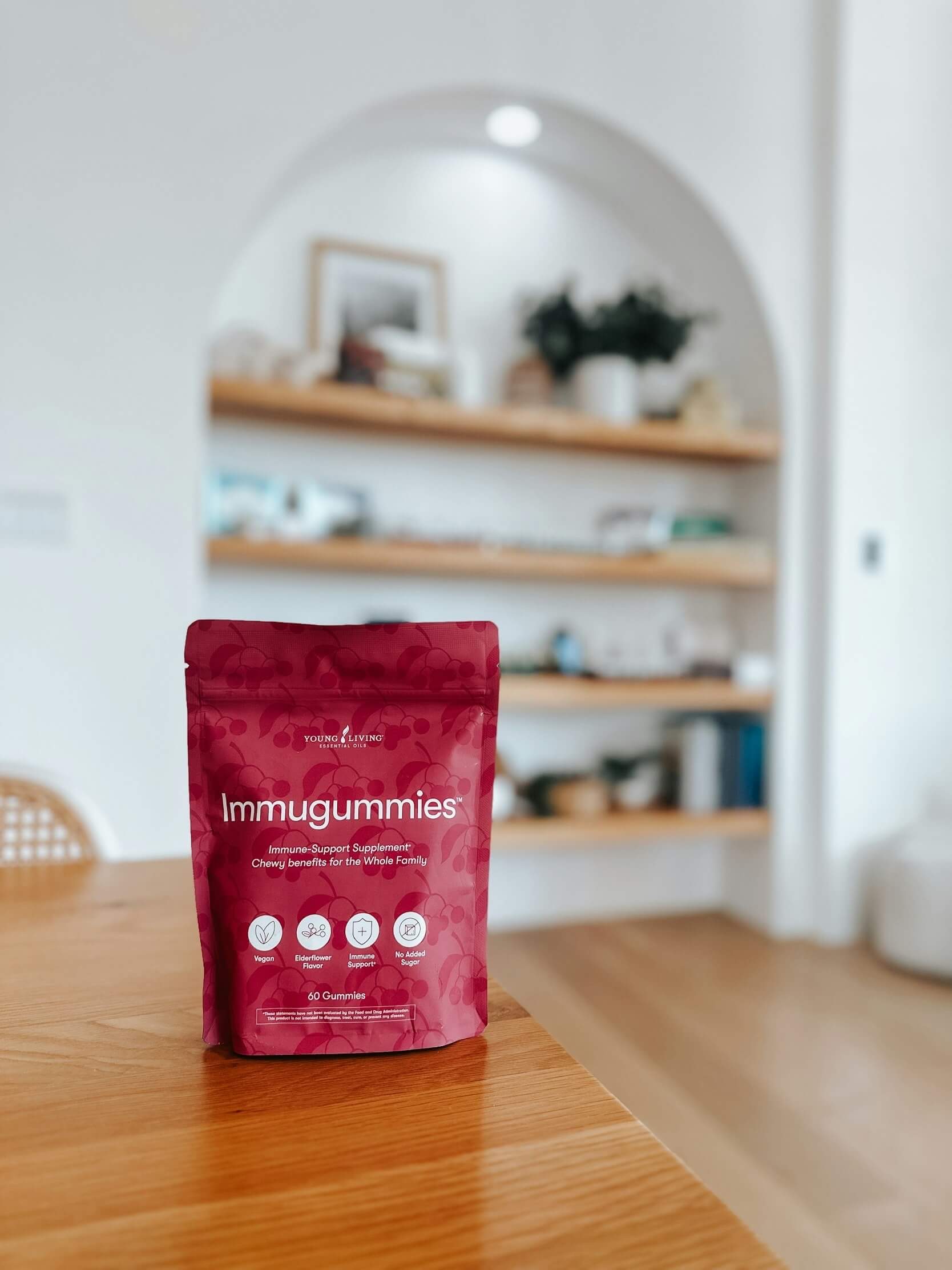 think of immune health only when flu season rolls around, but the truth is, your immune system is working around the clock. It’s deeply connected to your nervous system, your cardiovascular system, and even your gut health.
think of immune health only when flu season rolls around, but the truth is, your immune system is working around the clock. It’s deeply connected to your nervous system, your cardiovascular system, and even your gut health.
 think of immune health only when flu season rolls around, but the truth is, your immune system is working around the clock. It’s deeply connected to your nervous system, your cardiovascular system, and even your gut health.
think of immune health only when flu season rolls around, but the truth is, your immune system is working around the clock. It’s deeply connected to your nervous system, your cardiovascular system, and even your gut health.That’s where Young Living’s Immugummies™ step in—not just as a sweet treat, but as a scientifically backed wellness tool designed to nourish your body at multiple levels.
Why Your Body Needs Daily Immune Support
Your immune system is your frontline defense. But it doesn’t work in isolation. A stressed-out nervous system lowers immune resilience. A sluggish cardiovascular system means poor circulation of immune cells. And when the gut lining is compromised, your immune defenses are weakened at the very place where most pathogens enter.
This is why a truly effective immune product must go beyond “just fighting germs.” It should support balance across your whole body.
The Power of Immugummies Ingredients
1. Beta-Glucans from Euglena gracilis algae
- Clinically shown to support immune health and upper respiratory function.*
- These unique polysaccharides help “train” your immune system to respond efficiently without overstimulation.
- Member feedback suggests they protect the gut lining, aid in balanced blood sugar, and even support healthy blood pressure and cholesterol levels.
- By strengthening the intestinal barrier and nourishing gut integrity, beta-glucans indirectly support nervous system stability (less inflammation = calmer nerve signaling).
2. Elderberry Fruit Juice Concentrate
- Elderberries are rich in anthocyanins, plant compounds with strong antioxidant activity.
- These compounds help reduce oxidative stress on the heart, protect blood vessels, and support circulation.
- Studies suggest elderberry may shorten the duration of colds and boost respiratory resilience.
3. Elderflower
- Traditionally used for centuries to support respiratory health.
- Elderflower’s flavonoids calm inflammation in the airways, making it a gentle ally for lungs and sinuses.
- Its mild nervous-system-soothing properties also explain why elderflower teas are often used as calming tonics.
4. Lime Essential Oil
- A bright source of d-limonene, a monoterpene with antioxidant and anti-inflammatory benefits.
- d-Limonene supports liver detox pathways, helping the body clear toxins that burden the immune system.
- Emerging research connects limonene with cardiovascular protection and mood-boosting effects, tying immunity to nervous system balance.
Together, these ingredients create a synergy that doesn’t just defend your immune system—it uplifts your whole self: immune, nervous, and cardiovascular.
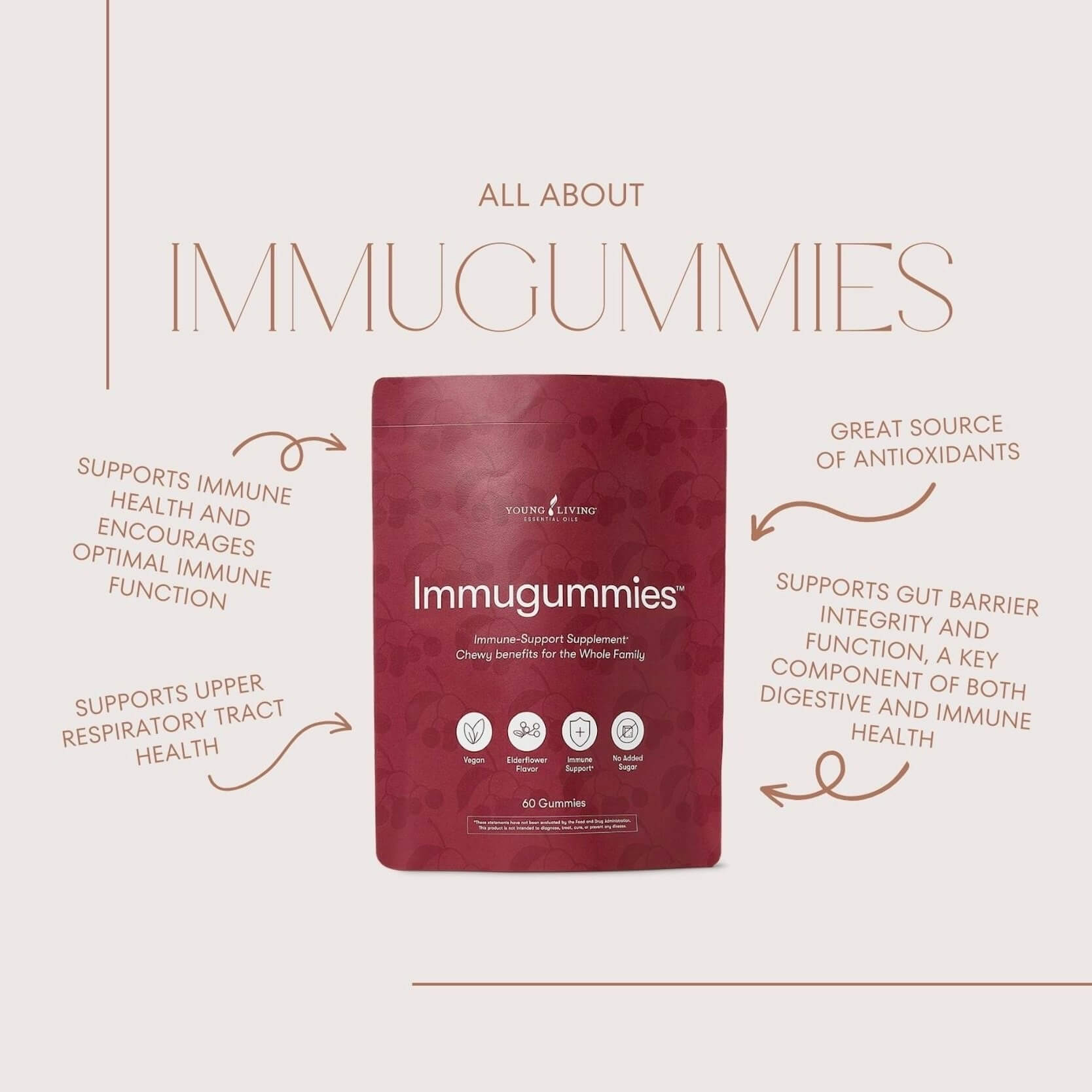 Beyond Immunity: The Hidden Benefits
Beyond Immunity: The Hidden Benefits
While Immugummies were designed for immune defense, their benefits ripple outward:
- Gut & Digestive Support: They help heal and protect the inner lining of the gut, improving nutrient absorption and promoting healthy elimination.
- Neuroprotection: By calming inflammation and protecting the myelin sheath, they help safeguard nerve health. This is particularly important for long-term cognitive wellness.
- Cardiovascular Health: By supporting circulation, cholesterol balance, and healthy blood pressure, they keep your heart strong and resilient.
- Mood & Energy Stability: Many users report fewer “energy crashes” and steadier moods, thanks to better blood sugar balance and reduced inflammation.
Why Immugummies Belong in Your Daily Routine
Imagine something that tastes fruity, fun, and even kid-friendly—yet works behind the scenes to keep your body resilient. That’s the magic of Immugummies. Whether you enjoy them straight from the pouch, or stirred into your Slique Tea for an added boost, you’ll be giving your body daily reinforcement.
In a world that constantly tests our immune resilience, prevention is everything. Supporting your immune, nervous, and cardiovascular systems isn’t a luxury—it’s a necessity.
✨ Start today with Immugummies™. A little gummy goes a long way toward keeping you healthy, energized, and thriving.
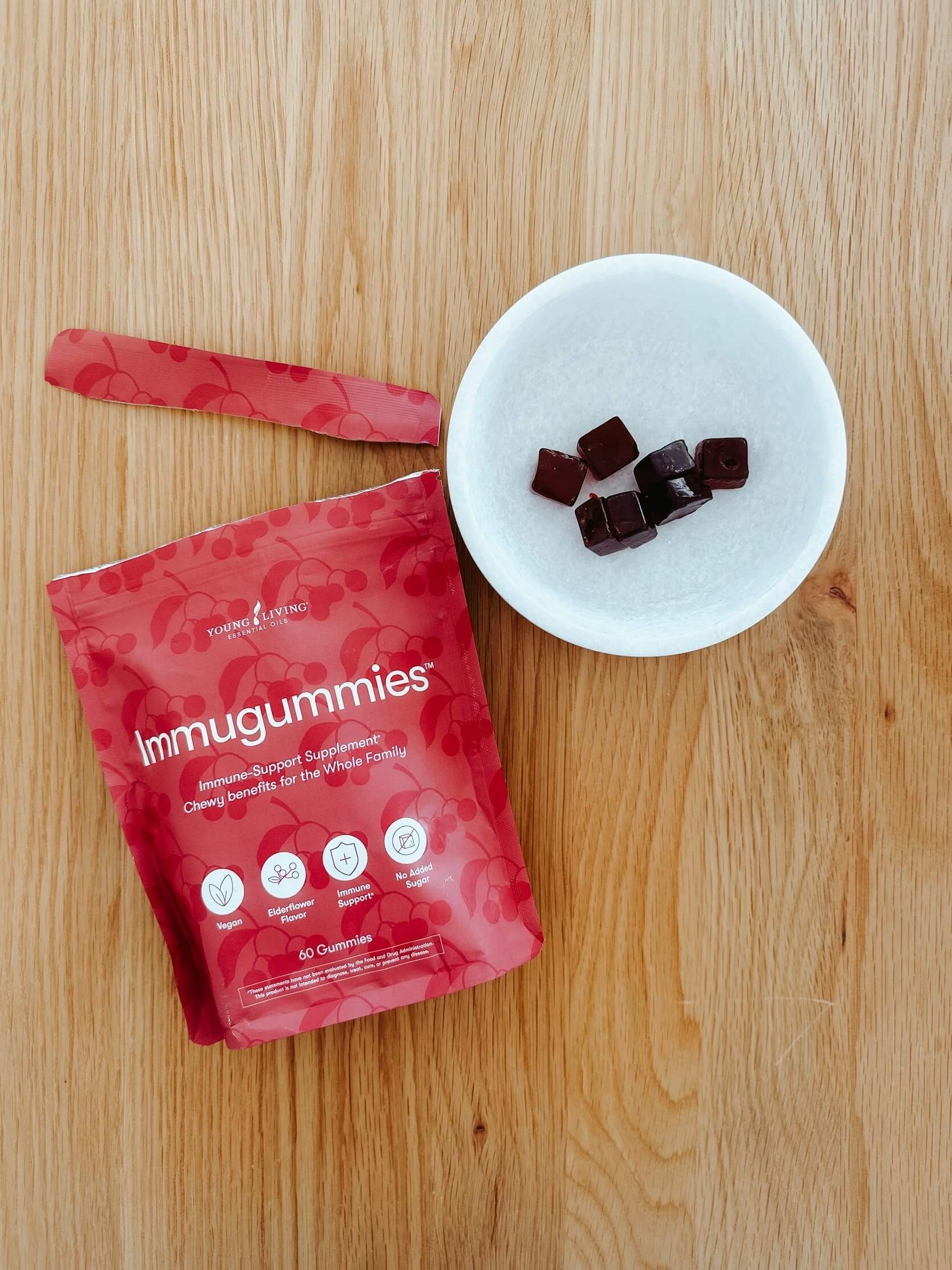
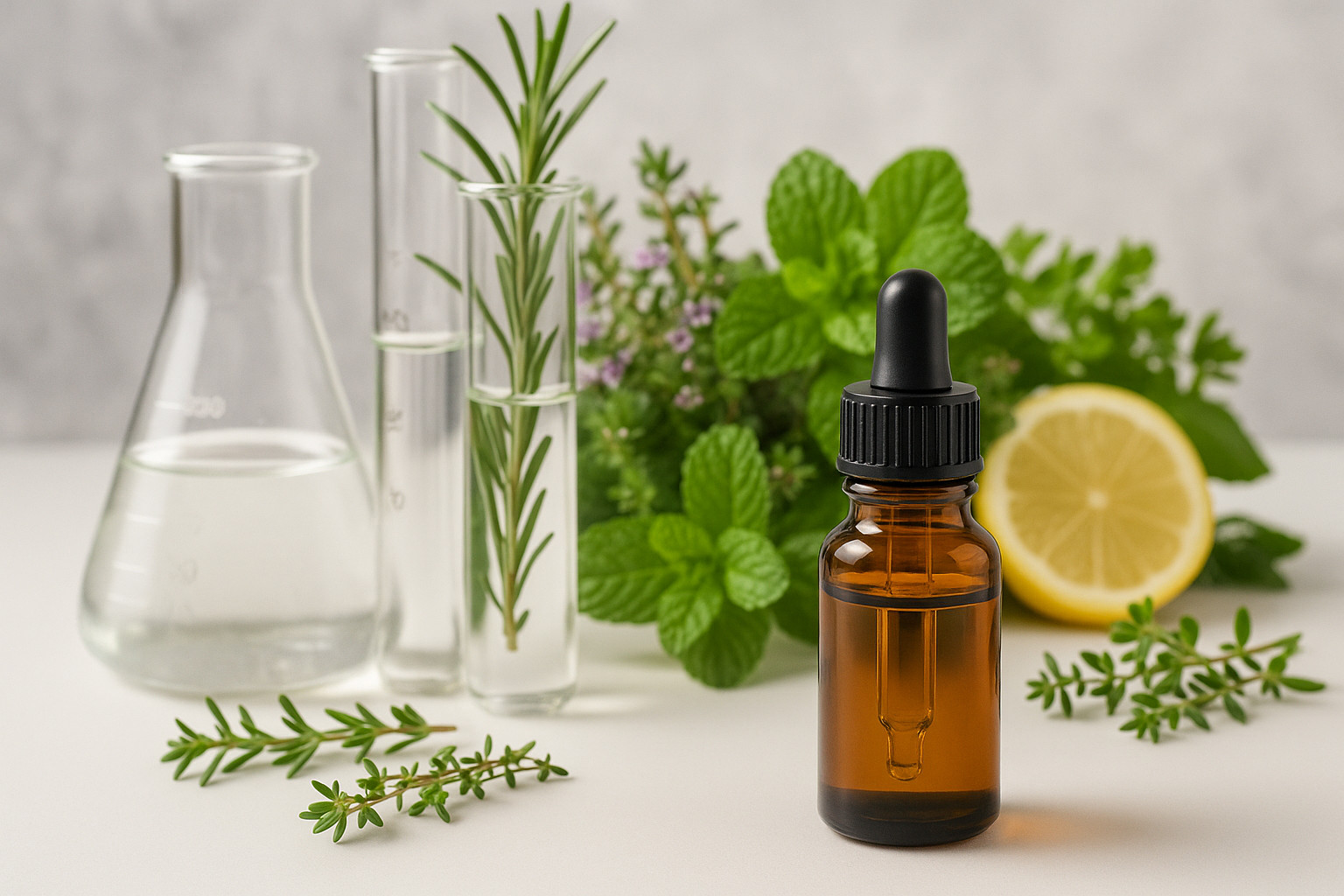
🌿 New Science Meets Ancient Wisdom
This editorial from Evidence-Based Complementary and Alternative Medicine explores the science behind essential oils and how they’re stepping into the spotlight as powerful natural allies for human health. Historically used for everything from disinfection to emotional support, essential oils are now gaining traction in modern clinical settings for their antimicrobial, anti-inflammatory, and even anti-C...... (can't say this online but read the paper HERE) properties.
This editorial from Evidence-Based Complementary and Alternative Medicine explores the science behind essential oils and how they’re stepping into the spotlight as powerful natural allies for human health. Historically used for everything from disinfection to emotional support, essential oils are now gaining traction in modern clinical settings for their antimicrobial, anti-inflammatory, and even anti-C...... (can't say this online but read the paper HERE) properties.
🧪 Real Results Backed by Research. (but don't just take my word for it! Read the published research article linked above!)
Here are some standout findings from the studies highlighted in this special issue:
- Liver Protection: Thymus vulgaris (aka thyme) essential oil helped protect the liver from acetaminophen-induced damage in mice. It significantly lowered liver enzymes like AST and ALT—markers of liver distress—and improved tissue health. A huge potential win for those dealing with liver toxicity.
- Superbug Slayer: Oils from clove, oregano, and thyme showed potent action against antibiotic-resistant strains of Burkholderia cepacia, a dangerous infection in cystic fibrosis patients. Yes, essential oils outperformed conventional antibiotics in some cases!
- Food Safety Hero: Thymus capitata essential oil didn’t just fight off Listeria in lab tests—it reduced the bacteria in real meat samples. A 0.25–1% application kept the food safer and fresher. Imagine the impact on natural food preservation!
- Surgery Support: Lavender, orange, and peppermint oils helped surgical patients with anxiety, nausea, pain, and even wound healing. Tea Tree Oil (TTO) was especially effective for infection control. The conclusion? Aromatherapy is more than just pleasant—it's potentially therapeutic.
- Antifungal Action: Eugenol (from clove oil) was a star in stopping Candida species from forming harmful biofilms, especially important for immune-compromised individuals. It even worked on dental materials, making it promising for oral care.
- Better Delivery Through Science: Nano-encapsulation of essential oils is the future. Researchers are finding ways to make oils more stable, potent, and bioavailable using liposomes, emulsions, and lipid particles. More effective therapies with fewer drops? Yes, please.
- Artemisia annua Powerhouse: This essential oil, packed with compounds like camphor and 1,8 cineole, crushed both bacterial and fungal pathogens—and it's already famous for its role in fighting malaria.
✨ Bottom Line: Essential Oils Aren’t Just Trendy—They’re Transformational
From liver health to antimicrobial power, surgical recovery to food safety, this article shows that essential oils are earning their place in serious health conversations. And with ongoing advances in how we deliver and study them, their future is looking even brighter.
From liver health to antimicrobial power, surgical recovery to food safety, this article shows that essential oils are earning their place in serious health conversations. And with ongoing advances in how we deliver and study them, their future is looking even brighter.
🔍 Take a moment to read the full article—it’s packed with rich, science-backed insights that will deepen your appreciation for these natural wonders. Whether you're into wellness, research, or holistic living, this one's a must-read!

ClickEssential Notes page for printing.pdf for when you need a Note Page for a class. Essential Notes page for printing.pdf

In the journey toward a healthier home, small, intentional changes can create a significant impact on your well-being, without the need to overhaul your entire household at once. Everyday products, from cleaning agents to synthetic fragrances, may harbor toxins that affect our health on a cellular level. Our starter guide, "5 Simple Swaps for a Low-Tox Home," offers straightforward solutions to help cleanse your living environment and enhance the safety and freshness of your home for your family.



